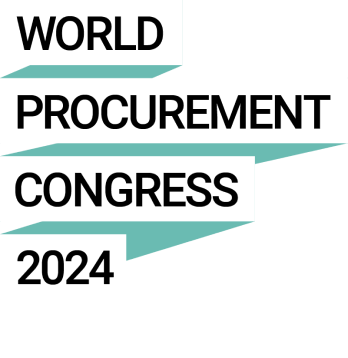The relationship between finance and procurement is critical. Yet tension between the two teams still plagues many organisations – and as procurement’s role in the executive suite grows, tensions may boil over.
At the heart of the issue: today’s procurement teams are tasked with more bottom-line responsibilities than ever. In a perfect world, CPOs and CFOs collaborate to deliver value, but the corporate world is rarely perfect. Here, we set out to uncover the root causes for why CPOs and CFOs often butt heads and discuss how procurement teams can proactively address these friction points to create a strong, trusting relationship with the finance department – and more enterprise value.
Finding common ground
Among the primary points of friction between CPOs and CFOs is the lack of common language and terminology, especially when talking about savings and data. While finance and procurement have overlapping priorities – number one being to save the company money – they look at savings through different lenses. Traditionally, procurement focuses on KPIs such as spend under management and contracted savings, while finance focuses on profit and loss (P&L). This often creates a gap between what procurement claims it has saved, and the impact finance sees on the balance sheet. As in any relationship, when language and terminology are not aligned, communication breaks down.
While the lack of common language is a point of tension between CPOs and CFOs, the mere difference between procurement’s traditional focus on measuring contracted rather than realised savings is the root cause for tension. Too often, procurement’s contracted savings are not reflected in finance’s P&L statement.
Shifting to a procurement model that measures realised savings – instead of contracted – will bring immense value to the entire organisation. But this shift requires procurement teams to take a more mature approach when analysing data. The key lies within forecasting what will happen in the future, not details on the past. For instance, the savings secured cannot be reported as a static data point. To add real value, procurement and finance need to align on future outcomes and market variabilities, such as profitability, which will play a measurable role in the final outcome.
Showing value
Effectively projecting profit starts with sound procurement analytics. With full control over spend data, procurement can proactively handle price variances, update profit forecasts and prepare – in a “what-if” fashion – for the future. This type of collaboration keeps both finance and procurement ahead, and limits surprises as the end of the quarter.
When projected savings don’t hit the mark as planned, it is important that procurement can identify what happened. Oftentimes, noncontrollable drivers – such as currency fluctuations and commodities market swings – have an immense effect on the bottom line. Another potential variable is spend volume, which comes into play when you buy more products and services. As a result, spend increases but doesn’t affect profitability. By isolating these external factors, procurement teams can measure how they contribute to the bottom line, and successfully showcase these results to finance as well as the rest of the organisation.
Historically, procurement was considered a back-office function, while CFOs were often seen as the CEO’s partner. Today both departments have many overlapping goals. Ideally, they should work together to establish a financial competitive advantage for the organisation. Recognising potential areas of conflict – and advancing the way the function manages and analyses procurement data – are the first steps to overcoming the tension between procurement and finance departments, and ultimately collaborating to deliver value and contribute to overall business objectives.
About Johan-Peter Teppala
Johan-Peter Teppala is a seasoned procurement leader and the CEO of Sievo, a procurement analytics company that helps the world’s leading businesses better leverage spend data. For more information on how procurement and finance can collaborate effectively, check out Sievo’s book, Procurement Loves Finance.
This contributed article has been written by a guest writer at the invitation of Procurement Leaders. Procurement Leaders received no payment directly connected with the publishing of this content.

















